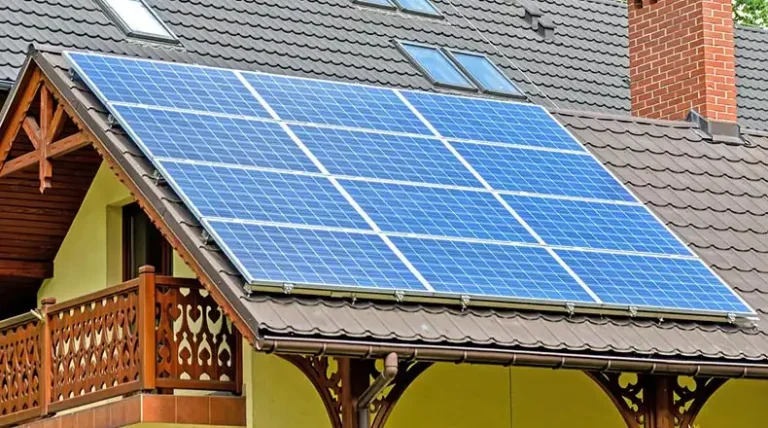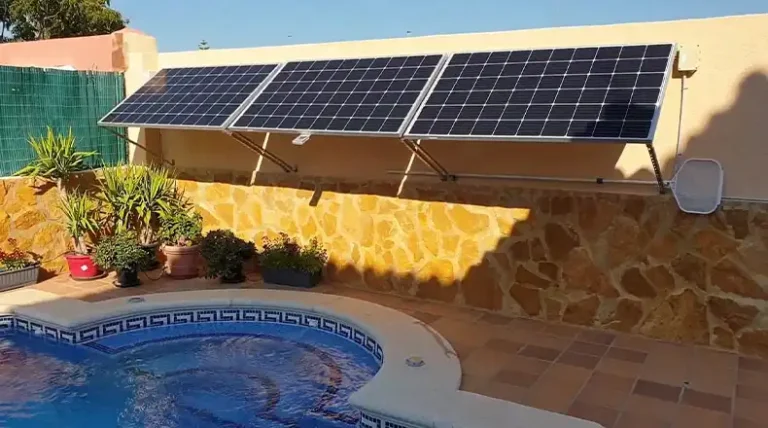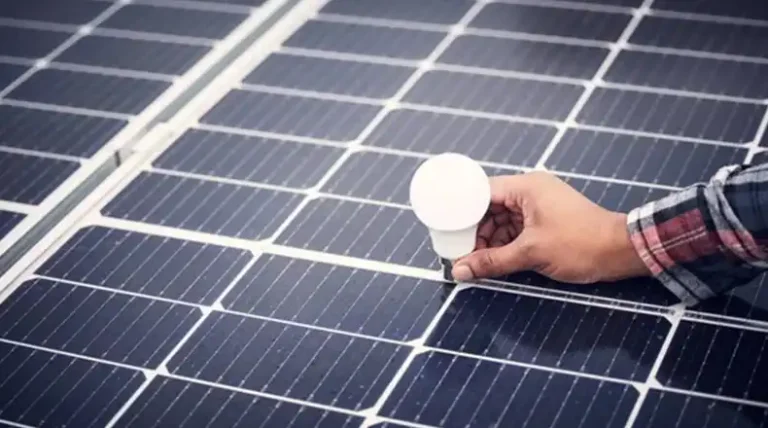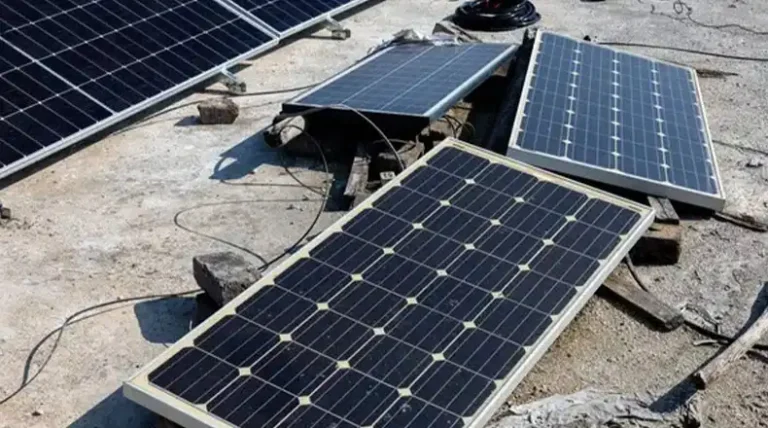Can You Make Passive Income with A Solar Farm?
With rising energy costs, many are wondering if solar farms can provide reliable passive income. The short answer is yes, solar farms can deliver stable long-term returns from electricity sales and incentives with minimal daily management. However, substantial upfront costs and lower returns versus other investments must be considered. Solar farms are large installations of solar panels that convert sunlight into electricity sold to utilities under long-term contracts. As an investor, you can earn recurring income from the solar farm with limited involvement in operations once built. While solar farms require big initial investments, they can produce consistent returns for 20-30 years if designed and managed properly.
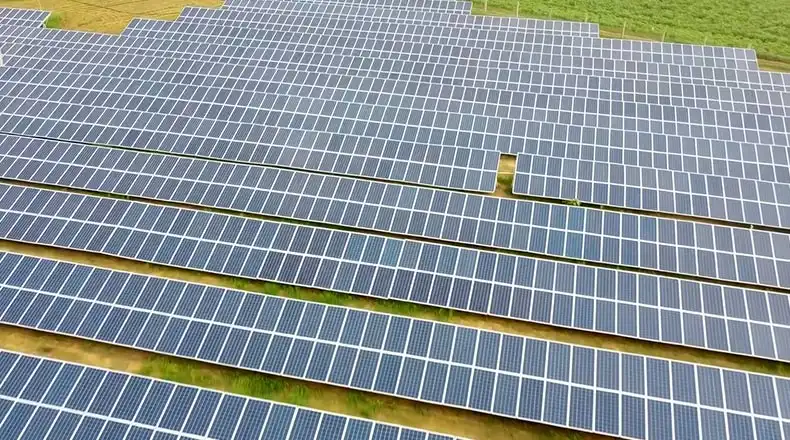
What are the Ways of Making Passive Income with a Solar Farm?
There are a few different options for earning passive income from solar farms as an investor. The main ways include:
Leasing Land
One of the most straightforward ways to earn passive income is to lease vacant land to solar developers. The developers will pay you recurring rent for the right to use your land for building a solar farm. Rental rates can range from $200 to $1000 per acre depending on factors like location and local energy prices. While you won’t have ownership of the solar farm itself, you can collect consistent rental income for 20-30 years or longer with minimal overhead costs.
Factors You Will Need to Rely on
When leasing land for solar, there are a few key factors to consider:
Location and Access to Transmission Lines
The ideal solar farm sites are within close proximity to power grid infrastructure and substations. The solar power generated needs to be fed into the electric grid for distribution, so remote areas far from existing transmission lines are less favorable. Being close to power grid access points is key for minimizing connection costs.
Solar Resource and Geographic Factors
Prime locations for solar farms receive abundant direct sunlight throughout the year with minimal shading. Large, flat clearings with a southern exposure are preferred. Geographic factors like elevation, temperature, humidity, and storms can also impact productivity. Sites with the strongest solar resources will garner the highest lease rates.
Size of Land Parcel
Bigger is generally better when it comes to solar farm acreage. Developers want large contiguous land parcels, typically at least 10 acres or more, for scale efficiencies. The larger the solar installation, the higher the potential lease income. Smaller parcels under 5 acres may not be viable or attractive to large developers.
Local Energy Market Conditions
Areas with higher prevailing electricity rates where solar power can provide significant savings will drive greater demand from utilities and higher lease rates for landowners. Regions with already low electricity costs offer less economic incentive for solar farm development. The strength of the local energy market is a key factor.
Regulatory Environment
The local zoning, permitting, utility policy and incentive environment must support large-scale solar development, or projects won’t get off the ground. Areas with solar-friendly policy frameworks provide more opportunities for viable solar farm projects that can deliver lease income.
Pro tip: Check with your county or municipal zoning office to confirm solar farm development is permitted before leasing out land.
Investing in a community solar project
With a community solar project, multiple investors jointly fund and own a mid-size solar installation that sells power locally. Community solar allows you to invest in solar energy without installing panels on your own property. As an owner, you receive monthly dividend income from the electricity sales revenue. You may also benefit from tax credits, REC sales and other incentives.
To invest, you buy shares and become a partial owner of the community solar farm LLC. Share prices often range from $200-$1000 depending on the project size and your stake. By pooling funds with other investors, you can participate in solar energy income with lower buy-in costs and risk compared to developing your own utility-scale solar farm.
Is a Solar Farm a Beneficial Idea for Passive Income?
Investing in solar farms can provide stable, long-term passive income with relatively low risk and maintenance requirements once operational. However, solar farms still have some downsides and risks to consider.
Upsides
- Predictable revenue – Solar farms produce electricity consistently once built, providing steady dividends. Investors can earn anywhere from 10-20% in annual returns based on the solar farm’s production, PPA terms, incentives, etc.
- 20-25 year PPAs – Long-term contracts ensure regular income for decades.
- Low overhead – Solar panels require little maintenance compared to other energy sources.
- Tax benefits – Significant tax credits, property tax reductions and other incentives improve ROI.
- Environmentally friendly – Producing clean, renewable energy adds societal value.
Downsides
- Large upfront costs – Developing utility-scale solar farms requires millions in funding and financing.
- Longer payback period – Can take 10+ years to break even on initial investment.
- Lower returns than stocks – Annual returns in the 6-9% range are common for solar farm investments.
- Geographic limitations – Suitable solar sites are restricted to sunnier regions.
- Grid connection issues – Problems integrating with outdated electric grids can occur.
- Weather and natural disasters – Storm damage and shading from trees/debris can reduce output.
Conclusion
Investing in solar farms can be a viable option for earning stable passive income over the long term. While solar farm investments come with larger upfront costs and lower returns compared to stocks, they produce consistent, predictable income for decades with minimal hands-on management required. Leasing your land to solar developers or investing in a community solar project allows you to benefit from rising solar energy demand without as much complexity or risk as developing your own large-scale solar plant. Do thorough research and financial modeling before investing in any solar project to confirm your expected returns and risks align with your investment goals.

![[Answered] How Many Solar Panel Required To Charge 300ah Battery?](https://www.itekenergy.com/wp-content/uploads/2023/08/solar-panel-required-to-charge-300ah-battery-768x428.jpg)
